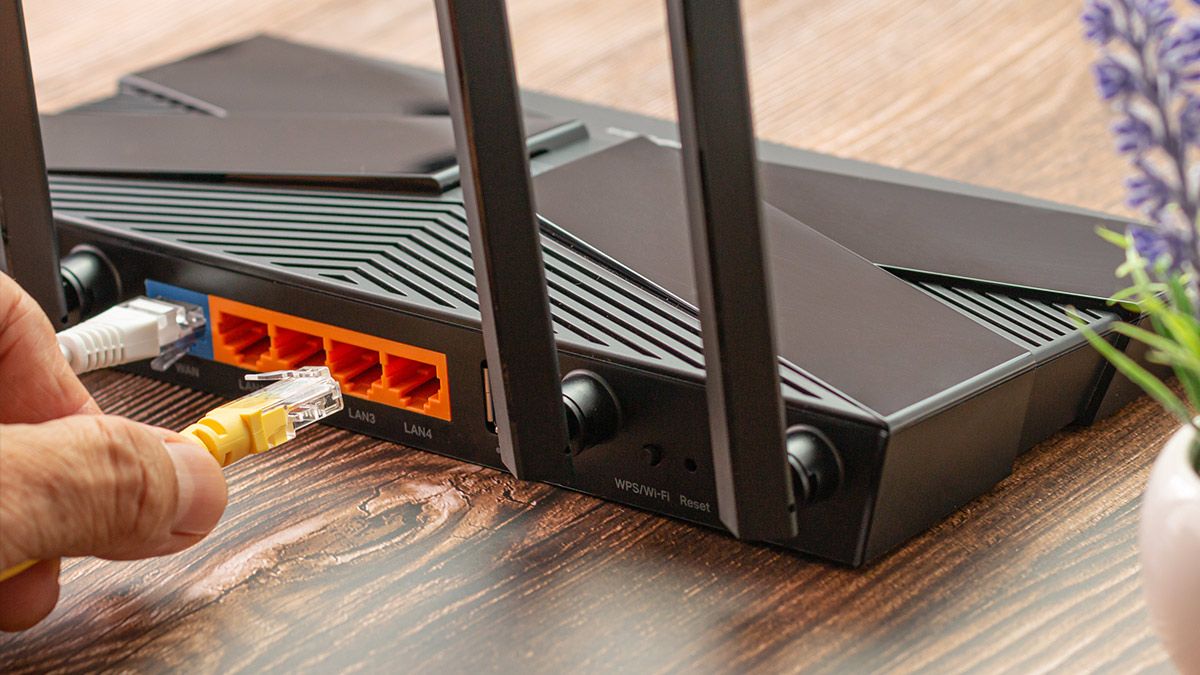Most routers and devices still don't support Wi-Fi 6E (including the new iPhone 14 series), but the march of progress is still going. Wi-Fi 7 is now closer to reality, as Intel and Broadcom just completed a critical test.
Intel and Broadcom announced this week that the two companies completed the first cross-vendor Wi-Fi 7 demonstration -- in other words, the first time Wi-Fi 7 hardware from two different manufacturers could communicate. That's an important milestone for a wireless standard that needs to work across hardware from many different companies.
The test reportedly reached speeds "greater than 5 gigabits per second," using a laptop with an Intel Core processor and an unspecified wireless card, connected to a Wi-Fi 7 access point developed by Broadcom. The demonstration comes after MediaTek completed the first live demo of Wi-Fi 7 back in January.
Just like the Wi-Fi 6E standard, Wi-Fi 7 uses a combination of 2.4 GHz, 5 GHz, and 6 GHz spectrum to offer faster speeds. Earlier drafts aimed for a theoretical maximum of 30 Gbps per access point, three times as fast as the maximum 9.6 Gbps for Wi-Fi 6. Wi-Fi 7 uses wider channels and Multi-Link Operation (MLO) to improve speeds and latency.
Unfortunately, despite the announcement's claim that "Wi-Fi 7 has arrived," you still can't buy anything that supports Wi-Fi 7 -- the best Wi-Fi routers are limited to Wi-Fi 6 and 6E. Devices with Wi-Fi 7 should start showing up on store shelves sometime in 2023.
Source: Intel

